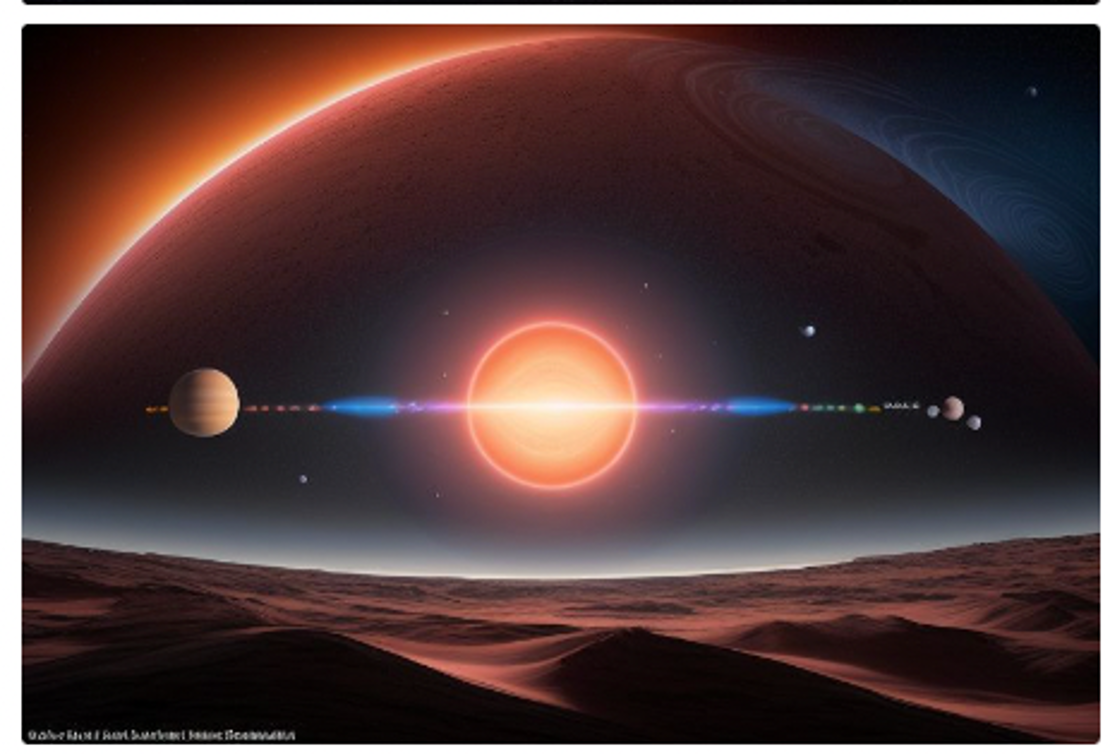Medium Resolution 0.97-5.3 micron spectra of Very Young Benchmark Brown Dwarfs with NIRSpec onboard the James Webb Space Telescope - SSW
ABSTRACTS OF ORAL PRESENTATIONS
- Removed a total of (1) style text-align:center;
MEDIUM RESOLUTION 0.97-5.3 MICRON SPECTRA OF VERY YOUNG BENCHMARK BROWN DWARFS WITH NIRSPEC ONBOARD THE JAMES WEBB SPACE TELESCOPE - ELENA MANJAVACASSpectra of young benchmark brown dwarfs with well-known ages is vital to characterize other brown dwarfs for which their ages are in general not known. These spectra are also crucial to test atmospheric models, in particular atmospheric retrieval models, which have the potential to provide detailed information about the atmospheres of these objects. However, to fully test atmospheric models, medium-resolution, long-wavelength coverage spectra with well-understood uncertainties are needed, such as the spectra provided by the NIRSpec instrument onboard the James Webb Space Telescope. In this paper, we present the medium-resolution JWST/NIRSpec spectra of two young brown dwarfs, TWA 28 (M9.0) and TWA 27A (M9.0), and one planetary-mass object, TWA 27B (L6.0), members of the TW Hydrae Association (~10 Myr). We show the richness of the atomic lines and molecular bands present in the spectra. All objects show signs of a circumstellar disk, via near-infrared excess and/or via emission lines. We matched a set of cloudless atmospheric spectra (ATMO), and cloudy atmospheric spectra (BT-Settl) to our NIRSpec spectra, and analyzed which wavelength ranges and spectral features both models reproduce best. Both models derive consistent parameters for the three sources and predict the existence of CH4 at 3.35 microns in TWA 27B. Nonetheless, in contrast to other slightly older objects with similar spectral types, like PSO 318.5-22 and VHS 1256b, this feature is not present in the spectrum of TWA 27B. The lack of the CH4 feature might suggest that the L/T transition of very young dwarfs starts at later spectral types than for older brown dwarfs. |
Presentation PDF

- Removed a total of (1) style text-align:center;
- Removed a total of (2) style text-align:justify;
- Removed a total of (1) style margin:0;
- Removed a total of (1) align=center.
- Removed a total of (1) border attribute.
- Removed a total of (1) cellpadding attribute.
- Removed a total of (1) cellspacing attribute.








































 Sign in
Sign in
 Science & Technology
Science & Technology